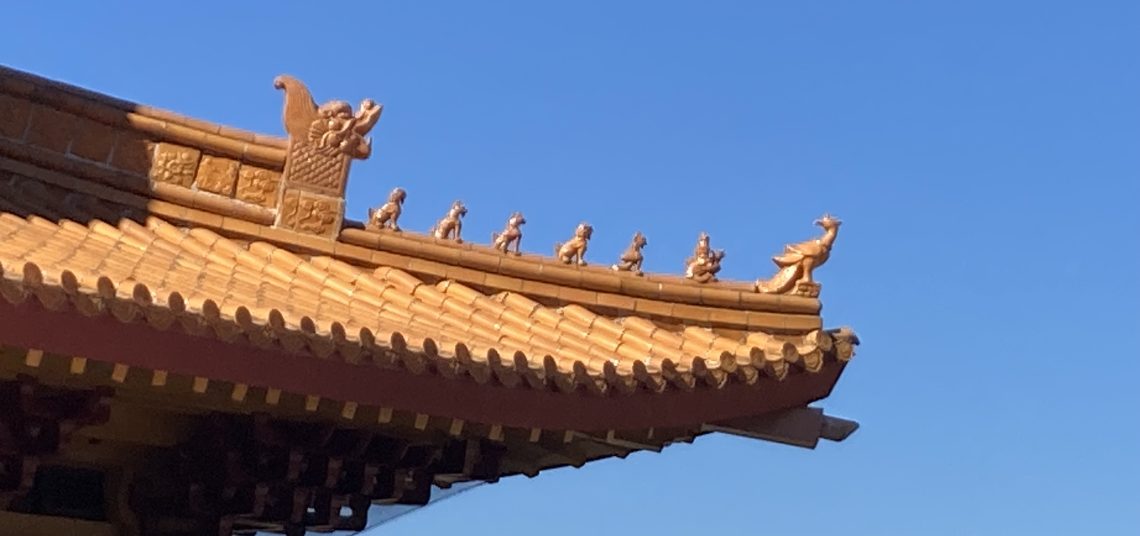The American Enterprise*, November/December 1999
Book review of Cornell ’69: Liberalism and the Crisis of the American University, By Donald Alexander Downs (Cornell University Press, 359 pages, $ 35)
“The Review, the Review is on fire. We don’t need no water… Let the motherf_er burn!” a black student rapped as he torched stolen copies of the conservative Cornell Review in a garbage can. Some 200 other blacks surrounded him, cheering and shouting obscenities. As the former president (and a board member) of the Review, I attempted to address the crowd but was prevented by two protesters who threw the garbage can of newspaper embers at me. At this illegal takeover of a major street intersection at Cornell University in April 1997, one of the college deans stood by silently.
On April 19, 1969, about 80 members of Cornell’s African-American Society took over the university’s student center, Willard Straight Hall. They evicted the custodial staff and parents staying there for Parents Weekend. Under orders from Cornell president James A. Perkins, campus security did not impede or arrest the militants. The next day the students, having secured amnesty from frightened administrators, emerged from the building triumphantly, brandishing rifles, wearing bandoleers, and making black power salutes.
The Willard Straight takeover is described in great detail in Donald Alexander Downs’ Cornell ’69: Liberalism and the Crisis of the American University. This dramatic event marked the beginning of a still open era in which the Cornell administration would cower over and over again before threats from ethnic minorities. The militants who looted and burned the Cornell Review in 1997 drew from their predecessors in ’69 both revolutionary inspiration and an expectation that the university would do nothing to curb their actions.
In the late 1960s, President Perkins (1963-69) recruited blacks from inner-city areas with little attention to their academic qualifications, in order to force the pace of racial integration at Cornell. Feeling frustrated by academic stresses and alienated in rural white Ithaca, many blacks soon adopted the militant racial rhetoric of the day, such as Stokely Carmichael’s idea that “before a group can enter open society, it must close ranks.”
With the students justifying their militancy in the name of racial justice, the university chose to appease rather than discipline them. When a black female student was suspended for conflicts with white neighbors, the African-American Society (AAS) complained that black culture was endangered, and was granted a separate dorm for black women. When a visiting lecturer taught that the stability necessary for economic prosperity was missing in black ghetto areas, black students took over the economics department, protesting “institutional racism.” The university agreed to give them a new lecturer. When two militants grabbed and shook Perkins by the collar at a symposium on South Africa, they were not punished. Finally, when six black students threatened Perkins with a knife, demanding an independent black college, the university’s judicial board convicted and suspended them. The AAS responded with the Straight Takeover.
In scrambling to resolve the crisis, the Cornell administration agreed to pardon all the black students involved. The faculty that had originally voted that their gross violations of law and order must be punished soon reversed itself, cowed by death threats and pressure from left-wing professors and liberal students. At the end of the crisis, president Perkins would resign, and prominent scholars like Walter Berns, Allan Bloom, Allan Sindler, and Thomas Sowell would depart Cornell in disgust.
By the time I reached Cornell in 1993, the rule of law and academic freedom had been so consistently ignored that militant minorities routinely used the language of violence. Hispanic students, for instance, took over the central administrative building in November 1993 and injured a few police officers while demanding a Latino curriculum and separate living center. The university gave into to their demands. During the spring of 1995, when Cornell president Hunter Rawlings (1994-present) timidly suggested that all students could benefit from racially integrated living their freshmen year, campus minorities staged mass rallies on a “Day of Outrage.” An innocent bus driver was punched in the face by a black protester, and Rawlings responded by rescinding his integration proposal.
Come April 1997, when black students erupted over an unflattering ebonics parody in the Cornell Review, they automatically resorted to disrupting traffic, destroying private property, and threatening the university with another building takeover. Reminiscent of the manhandling of Perkins in ’69, Trustee Thomas Jones had his microphone snatched away at a rally and was denounced as an “Uncle Tom” by rowdy protesters who objected to his interview with the Cornell Review. (Incidently, Jones had led the 1969 takeover but had since apologized to Perkins and was appointed to the Cornell board in the 1990s.)
In 1997 just as in ’69, the adults with the duty to guide the students actually encouraged or condoned the illegal protests. Professors of the African Studies Center joined in shouting obscenities at me as I attempted to reason with angry black students. President Rawlings drooped his head before minority protesters and said not one word about respecting freedom of speech or keeping protests within legal boundaries. Dean of Students John Ford, when challenged by students to stop the theft and arson, snapped, “I do not wish to talk right now.”
Had Cornell not capitulated to radicalism in 1969, the successive blatant violations of law and freedom since then might not have occurred at all. Yet in those thirty years the Cornell administration hasn’t once mustered the courage to argue that the academic freedom of those who enrage minority thugs is worth protecting. The ugly shadow of Cornell ’69 sadly lingers on.
Ying Ma is a graduate of Cornell University. At the time of this article, she lived and worked in Hong Kong.
*The American Enterprise was the flagship publication of the American Enterprise Institute in Washington, DC. In 2006, the magazine was relaunched as The American.
